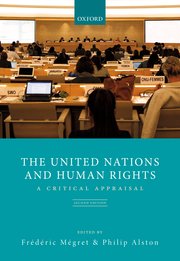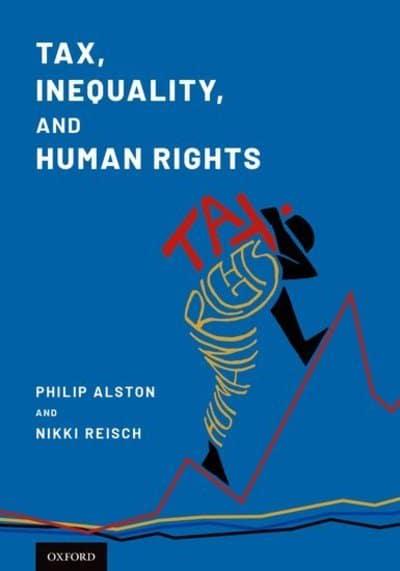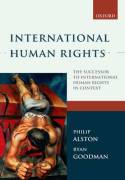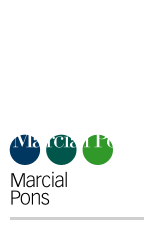The United Nations and Human Rights
- ISBN: 9780198298380
- Editorial: Oxford University Press
- Fecha de la edición: 2020
- Lugar de la edición: Oxford. Reino Unido
- Edición número: 2nd ed.
- Encuadernación: Rústica
- Medidas: 25 cm
- Nº Pág.: 752
- Idiomas: Inglés

The very concept of human rights implies governmental accountability. To ensure that governments are indeed held accountable for their treatment of citizens and others the United Nations has established a wide range of mechanisms to monitor compliance, and to seek to prevent as well as respond to violations.
The panoply of implementation measures that the UN has taken since 1945 has resulted in a diverse and complex set of institutional arrangements, the effectiveness of which varies widely. Indeed, there is much doubt as to the effectiveness of much of the UN's human rights efforts but also about what direction it should take. Inevitable instances of politicization and the hostile, or at best ambivalent, attitude of most governments, has at times endangered the fragile progress made on the more technical fronts. At the same time, technical efforts cannot dispense with the complex politics of actualizing the promise of human rights at and through the UN. In addition to significant actual and potential problems of duplication, overlapping and inconsistent approaches, there are major problems of under-funding and insufficient expertise. The complexity of these arrangements and the difficulty in evaluating their impact makes a comprehensive guide of the type provided here all the more indispensable.
These essays critically examine the functions, procedures, and performance of each of the major UN organs dealing with human rights, including the Security Council and the International Court of Justice as well as the more specialized bodies monitoring the implementation of human rights treaties. Significant attention is devoted to the considerable efforts at reforming the UN's human rights machinery, as illustrated most notably by the creation of the Human Rights Council to replace the Commission on Human Rights. The book also looks at the relationship between the various bodies and the potential for major reforms and restructuring.
Part I: The Human Rights Mandate of the Principal Organs
1: The Security Council, Frédéric Mégret
2: The General Assembly, Andrew Clapham
3: The Economic and Social Council, Frédéric Mégret
4: The International Court of Justice, Bruno Simma
Part II: Subsidiary Human Rights Organs
5: The Council and Commission on Human Rights, Rosa Freedman
6: The Consultative Committee, Laurence Boisson de Chazournes & Andrzej Gadkowski
7: The Commission on the Status of Women, Zehra Arat
8: Permanent Forum on Indigenous Issues: Madeleine Heyward
Part III: Organs Monitoring Treaty Compliance
9: The Committee on the Elimination of Racial Discrimination, Patrick Thornberry
10: The Human Rights Committee, Ludovic Hennebel
11: The Committee on the Elimination of Discrimination Against Women, Andrew Byrnes
12: The Committee on Economic, Social and Cultural Rights, Philip Alston.
13: The Committee against Torture, Andrew Byrnes.
14: The Committee on the Rights of the Child, Christine Evans
15: The Committee on the Rights of Persons with Disabilities, Janet Lord & Michael Stei.
16: The Committee on Enforced Disappearances, Olivier de Frouville
17: The Committee on the Human Rights of Migrant Workers, Vincent Chetail
18: Coordination between Treaty Bodies, Suzanne Egan
Part IV The Governance of Human Rights
19: The Office of the High Commissioner for Human Rights, Andrew Clapham.
20: Human Rights Co-ordination within the UN System, Georges Minet









